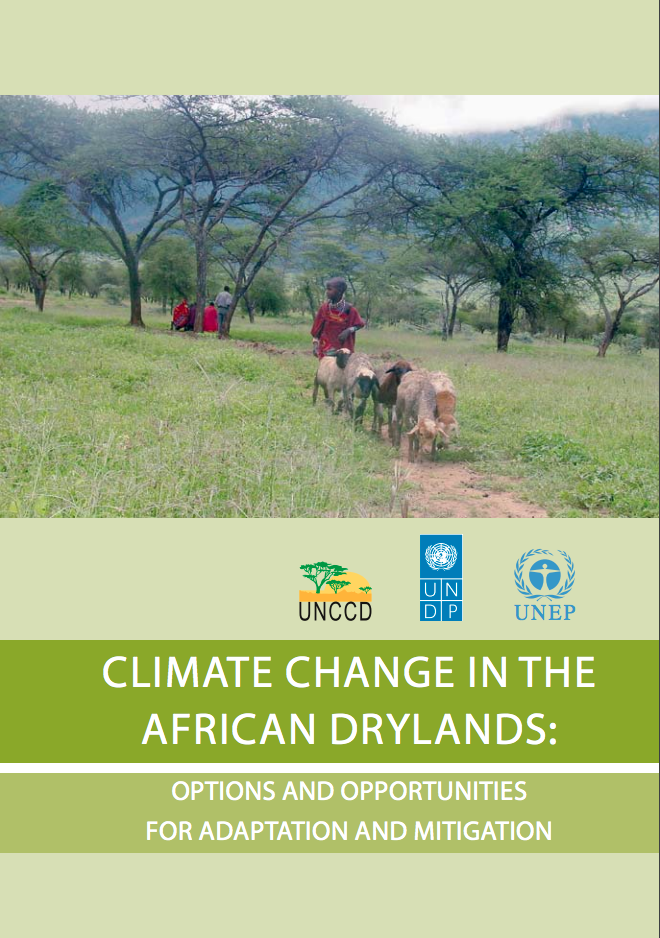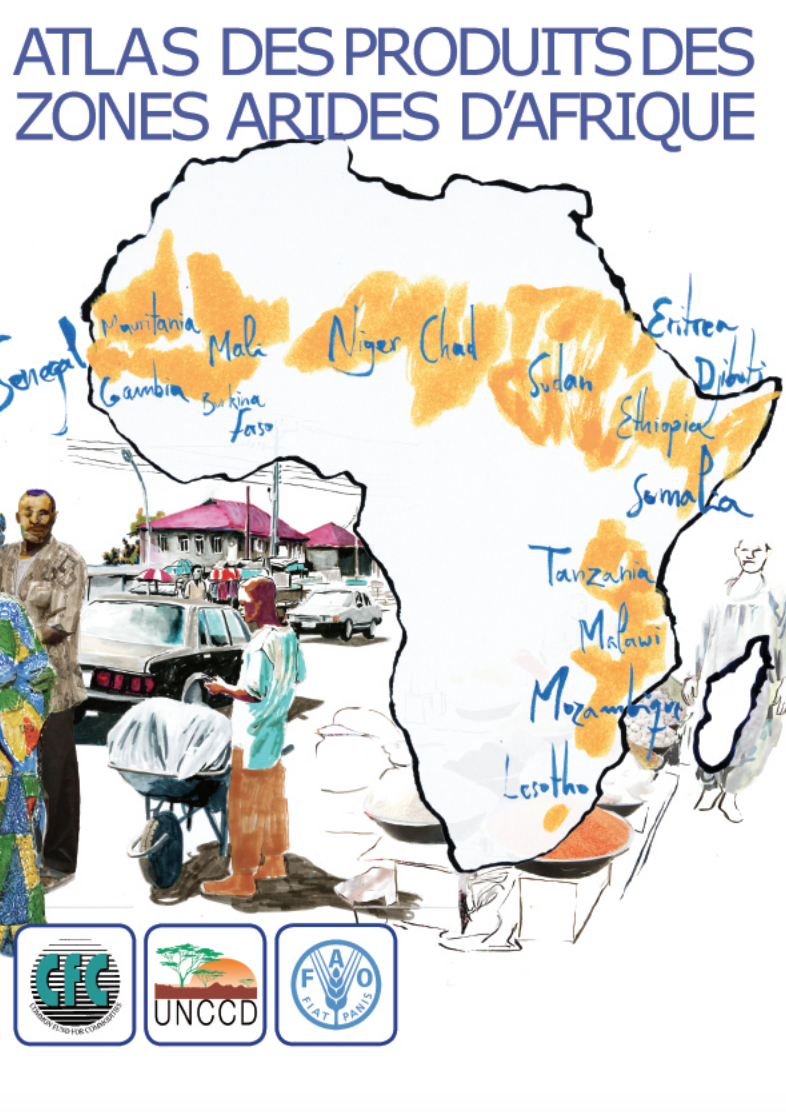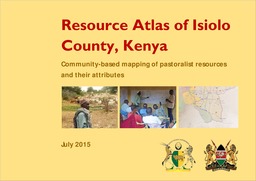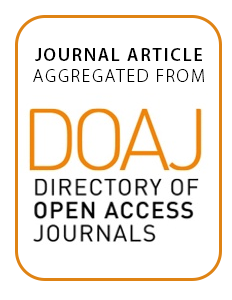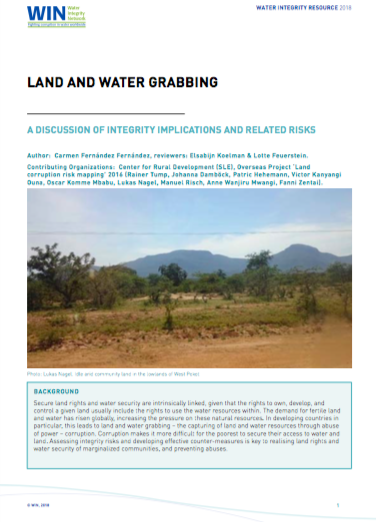Land Matters: Enhancing Synergies among the Rio Conventions on Land Use and Sustainable Land Management
Land use practices contribute to both the emission and sequestration of greenhouse gases. Land is where the struggle to adapt to climate change will be won or lost by the poorest of the poor. Land science is a priority area of collaboration between UNCCD and UNFCCC, if land-climate insights and actions are to be optimized. It can also foster the synergies continually called for by Parties to the three sister Rio Conventions.


